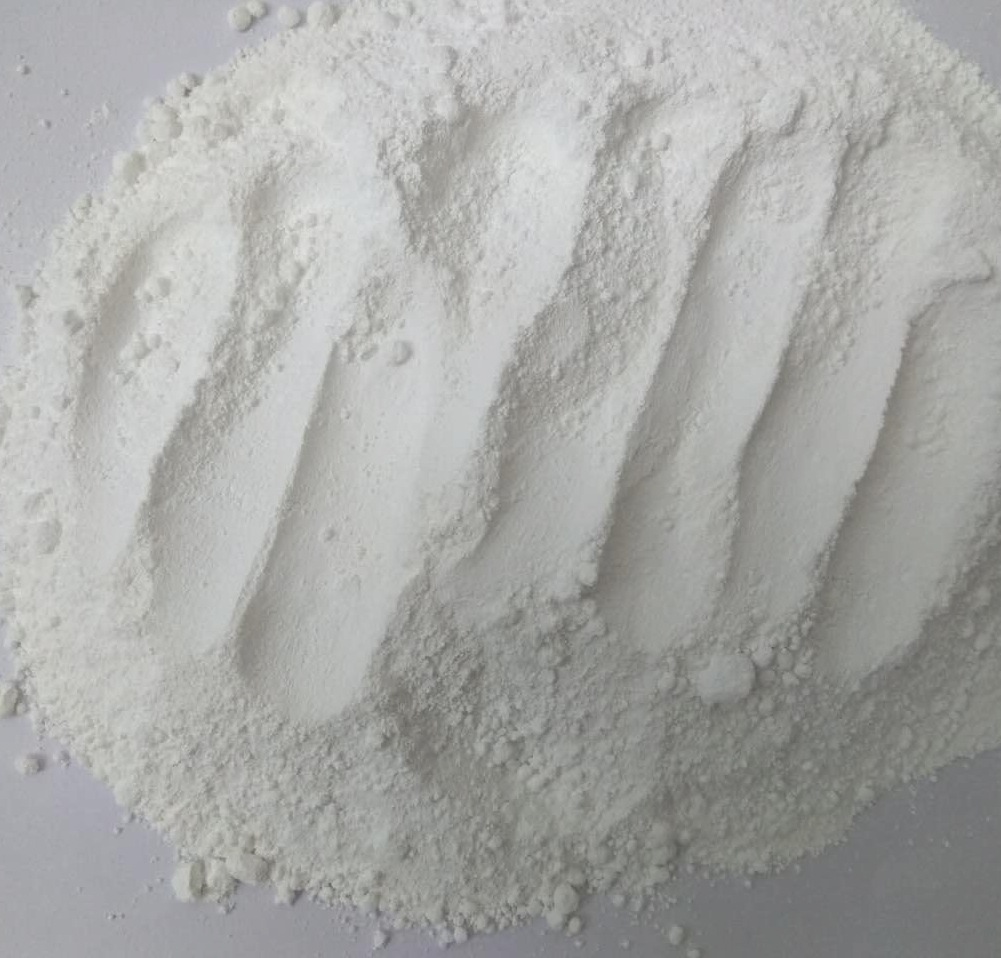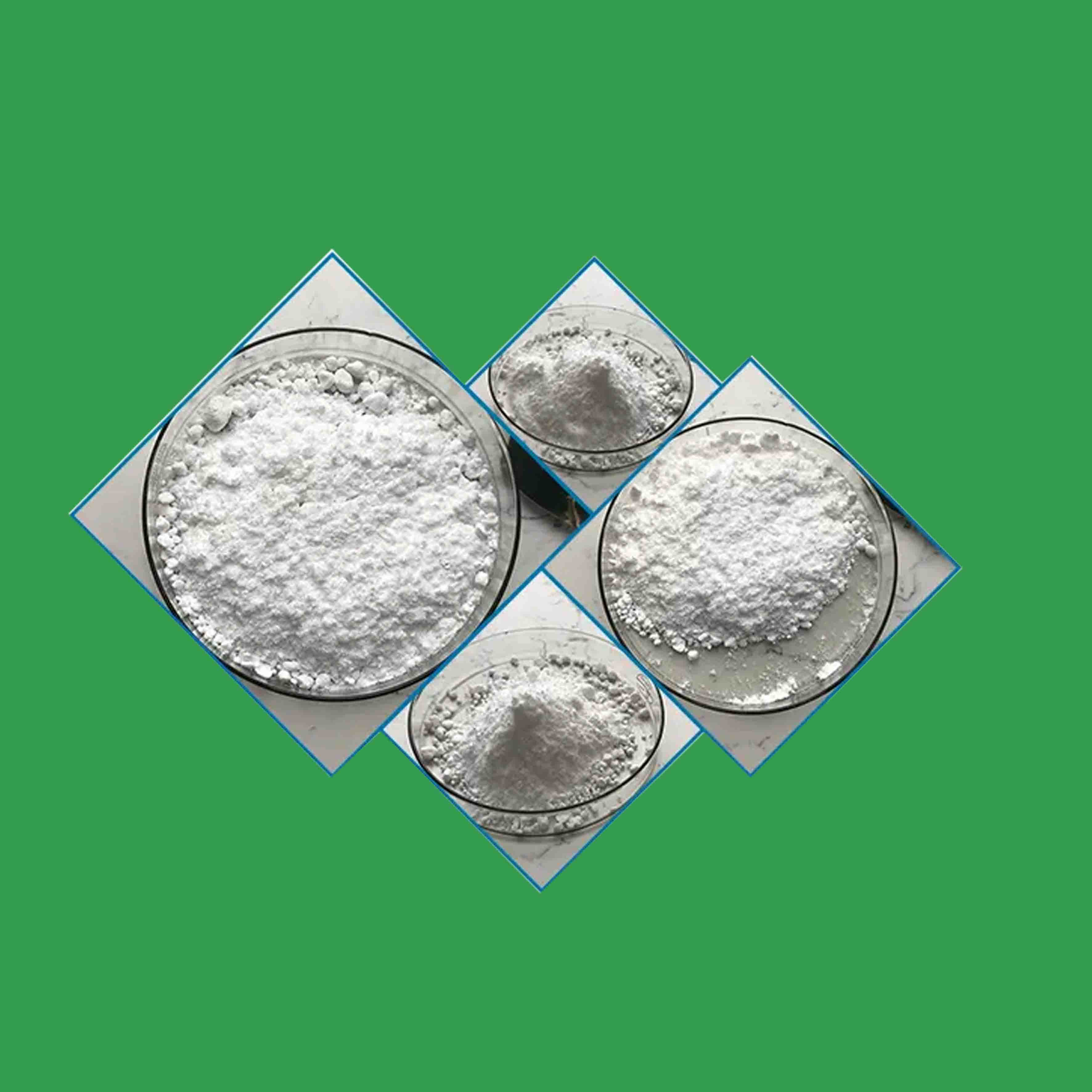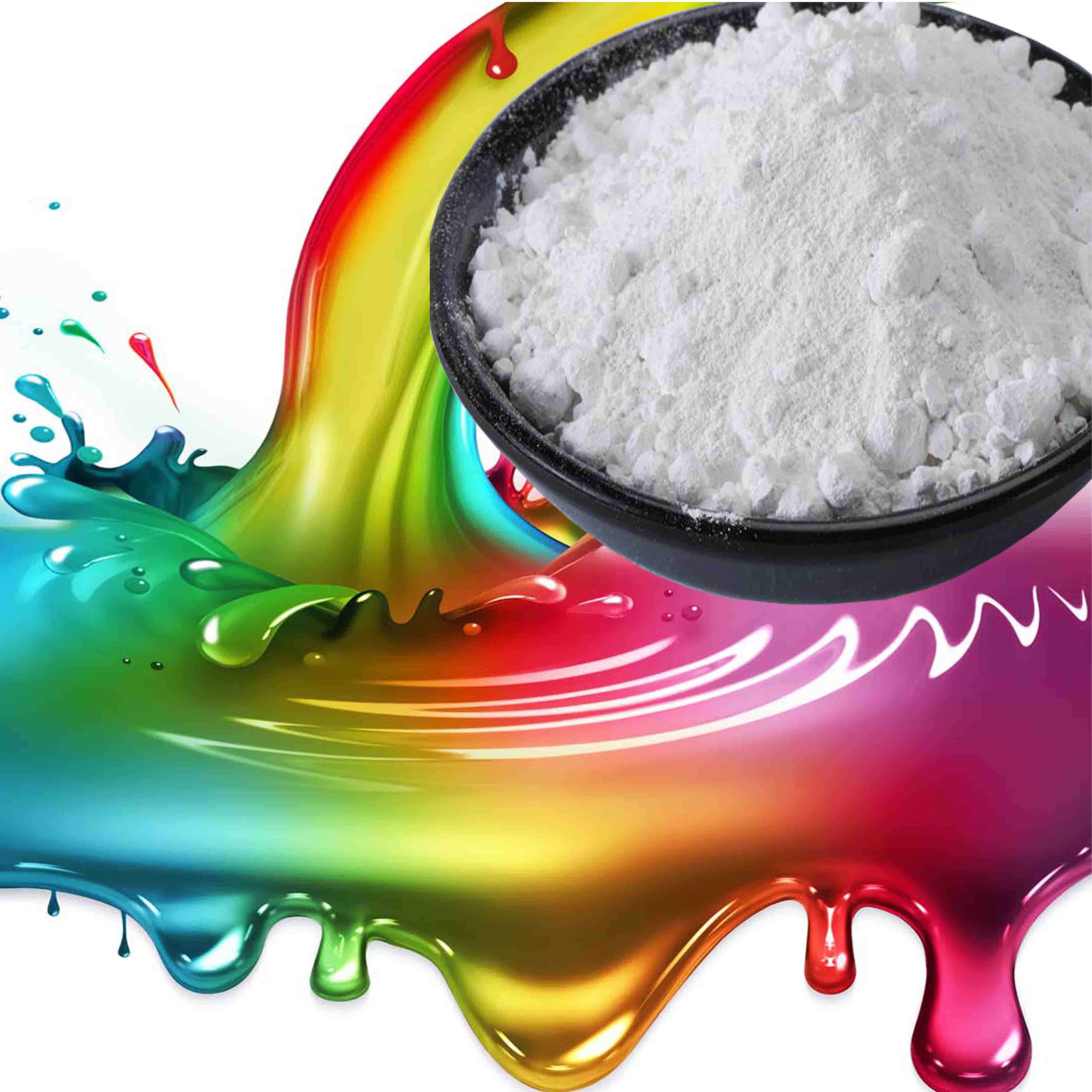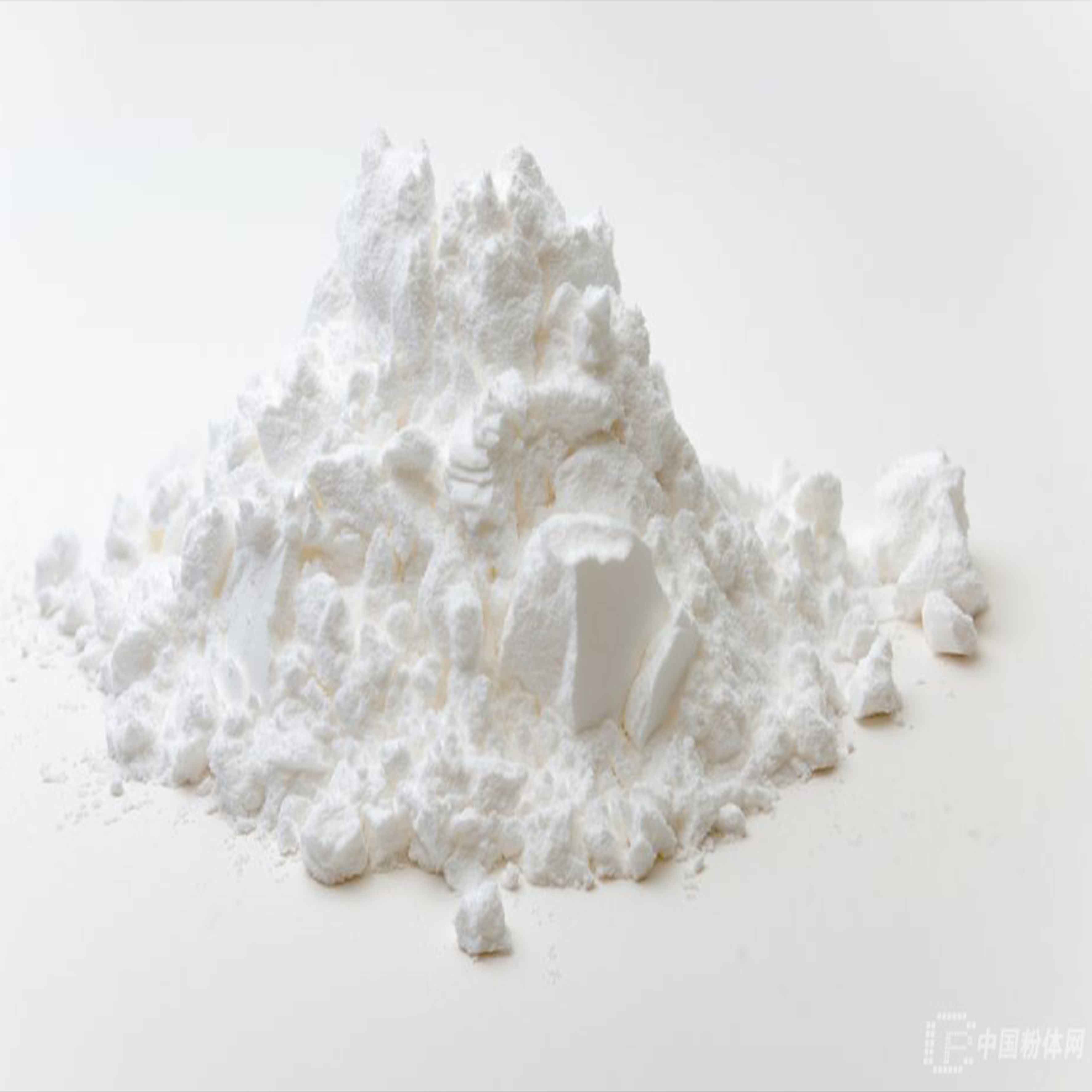
Aug. . 26, 2025 00:40 Back to list
Rutile Titanium Dioxide for Paint Factories | Premium Industry Grade
Elevating Paint Performance: The Strategic Role of rutile titanium dioxide industry grade for paint factories
In the dynamic landscape of the coatings industry, the selection of raw materials critically dictates the ultimate quality, performance, and market competitiveness of finished paint products. Among these, titanium dioxide (TiO₂) stands paramount as the most vital white pigment, providing unparalleled opacity, brightness, and durability. Specifically, rutile titanium dioxide industry grade for paint factories is engineered to meet the stringent demands of high-performance coating formulations. This article delves into the intricacies of this essential pigment, exploring its manufacturing, technical advantages, application versatility, and the strategic considerations for paint manufacturers seeking to optimize their product lines with advanced solutions like Rutiles TiO2 Titanium Dioxide Lomon R-895 Coating Grade Industrial Use.
As a leading dye pigment cas 13463-67-7 titanium dioxide factory, we understand the critical role of superior raw materials. Our commitment extends to delivering a high quality titanium dioxide casa 13463-67-7 tio2 powder chinese good price, ensuring that paint factories have access to the best resources for producing paints with exceptional visual appeal and longevity. The emphasis on rutile-grade TiO₂ is due to its superior crystal structure, which confers enhanced weather resistance and lightfastness compared to its anatase counterpart, making it indispensable for exterior applications and premium interior finishes.
Industry Trends Shaping the Titanium Dioxide Market for Coatings
The global market for titanium dioxide in coatings is experiencing dynamic shifts, driven by several key trends. Increasing demand for sustainable and eco-friendly paint formulations is pushing manufacturers towards TiO₂ grades that offer high efficiency at lower concentrations, thereby reducing material consumption and environmental impact. The surge in construction activities, particularly in emerging economies, continues to bolster the demand for architectural paints. Concurrently, the automotive and industrial coatings sectors require pigments that can withstand harsh environmental conditions, providing superior corrosion resistance and color retention. Innovation in particle surface treatment technologies for rutile titanium dioxide industry grade for paint factories is also a significant trend, aiming to improve dispersibility, weatherability, and photocatalytic stability.
Furthermore, the market sees a growing emphasis on specialized grades, such as those optimized for high-gloss applications or specific tinting strength requirements. Manufacturers are continuously seeking reliable suppliers offering products like china rutile titanium dioxide mbr9668-coating or universal type product tio2 pigment titanium dioxide paints r996 supplier to ensure consistency and performance. Digitalization in supply chain management and advanced analytics are also becoming critical in optimizing procurement and inventory for paint factories globally.
Detailed Manufacturing Process of Rutile Titanium Dioxide
The production of rutile titanium dioxide industry grade for paint factories typically involves two primary methods: the Sulfate Process and the Chloride Process. For high-purity, premium rutile grades suitable for sophisticated coatings, the Chloride Process is predominantly favored due to its inherent advantages in product purity, uniformity, and environmental efficiency. Here’s a schematic overview of the Chloride Process:
Chloride Process for Rutile TiO₂ Production
- Raw Material Preparation (Ilmenite/Rutile Ore): High-grade natural rutile or beneficiated ilmenite (titanium-rich iron ore) is ground to a fine powder. This is the starting material for obtaining the necessary titanium content.
-
Chlorination: The prepared ore is reacted with chlorine gas and coke (carbon) at high temperatures (typically 900-1000°C) in a fluid-bed reactor. This forms titanium tetrachloride (TiCl₄), a volatile liquid, along with chlorides of other metals present in the ore (e.g., FeCl₃).
2FeTiO₃ + 7Cl₂ + 6C → 2TiCl₄ + 2FeCl₃ + 6CO - Purification of TiCl₄: The crude TiCl₄ vapor, along with other metal chlorides, is cooled and condensed. Impurities like FeCl₃, VCl₄, and other volatile metal chlorides are then separated through fractional distillation and chemical treatment, yielding highly pure TiCl₄. This is crucial for the pigment's ultimate whiteness and performance.
-
Oxidation (Vapor-Phase Reaction): Pure TiCl₄ is oxidized with oxygen (or air) at very high temperatures (typically 1000-1400°C). This reaction forms fine particles of rutile TiO₂ and regenerates chlorine gas, which is then recycled back into the chlorination step, enhancing process efficiency and reducing environmental footprint.
TiCl₄ + O₂ → TiO₂ + 2Cl₂ - Milling and Surface Treatment: The crude TiO₂ particles, after cooling, are milled to achieve the desired particle size distribution, which is critical for optical properties like opacity and tinting strength. Subsequently, the particles undergo various surface treatments (e.g., with inorganic compounds like alumina, silica, zirconia, and organic compounds) to improve dispersibility, weatherability, and compatibility with specific polymer systems used in paints. These treatments enhance the pigment's performance, allowing it to withstand harsh environments and extend the service life of coatings.
- Quality Control and Testing: Throughout the entire process, rigorous testing standards (e.g., ISO 591-1:2000 for Pigments for paints — Titanium dioxide pigments) are applied. This includes particle size analysis, whiteness index, tinting strength, oil absorption, pH, and resistance to photochemical degradation. Only batches meeting strict quality parameters are approved, ensuring consistent performance for target industries like decorative, industrial, and automotive coatings.
The advanced nature of this process ensures the production of high-grade rutile titanium dioxide industry grade for paint factories, offering superior performance attributes such as excellent hiding power, chalking resistance, and gloss retention, critical for applications requiring long service life and aesthetic appeal.
Technical Specifications and Performance Parameters
The effectiveness of rutile titanium dioxide industry grade for paint factories is quantified by a range of technical specifications. These parameters define the pigment's optical, physical, and chemical properties, directly impacting the final paint's performance. Our Lomon R-895 product, for instance, exemplifies a premium grade designed for demanding coating applications. Understanding these specifications is paramount for paint formulators.

Product Specification: Rutiles TiO2 Titanium Dioxide Lomon R-895 Coating Grade Industrial Use
| Property | Unit | Lomon R-895 Specification | Test Method |
|---|---|---|---|
| TiO₂ Content | % | ≥ 94.0 | ISO 591-1:2000 (ASTM D1394) |
| Rutile Content | % | ≥ 98.0 | XRD Analysis |
| Whiteness (L*) | Hunter L | ≥ 95.0 | ISO 787-25 (ASTM D2244) |
| Tinting Strength (Reynold's No.) | % | ≥ 1800 | ISO 787-24 (ASTM D476) |
| Oil Absorption | g/100g | ≤ 20 | ISO 787-5 (ASTM D281) |
| PH Value (Aqueous Suspension) | - | 6.0 - 8.5 | ISO 787-9 (ASTM D1208) |
| Residue on Sieve (45 μm) | % | ≤ 0.05 | ISO 787-18 (ASTM D185) |
| Water Soluble Matter | % | ≤ 0.5 | ISO 787-3 (ASTM D2448) |
| Specific Gravity | g/cm³ | 4.0 - 4.2 | ISO 787-10 (ASTM D153) |
These specifications highlight Lomon R-895's suitability for high-performance applications. The high TiO₂ content and rutile purity ensure maximum hiding power and optical brightness. Low oil absorption facilitates higher pigment loading and easier dispersion, crucial for efficient paint manufacturing. The balanced pH value promotes compatibility with a wide range of paint resin systems, preventing undesirable reactions and ensuring coating stability. Such meticulous adherence to technical standards positions products like Lomon R-895 as a preferred choice for 13463-67-7 titanium dioxide using for coating manufacturer and various paint factories.
Application Scenarios in Paint & Coatings
The versatility of rutile titanium dioxide industry grade for paint factories makes it indispensable across a broad spectrum of coating applications. Its unique combination of optical and physical properties delivers superior performance in both aesthetic appeal and protective functionality.
- Architectural Coatings: Both interior and exterior paints benefit immensely from rutile TiO₂. It provides excellent opacity and brightness for residential, commercial, and public buildings, ensuring long-lasting color and resistance to fading and chalking. Products like universal type product tio2 pigment titanium dioxide paints r996 supplier are designed for broad architectural use.
- Industrial Coatings: For protective and decorative coatings on machinery, equipment, and structural steel, rutile TiO₂ offers robust protection against corrosion, abrasion, and chemical exposure. This includes coatings for petrochemical facilities, manufacturing plants, and water treatment infrastructure, where durability and energy saving are paramount.
- Automotive Coatings: The automotive industry demands high-gloss, weather-resistant, and chip-resistant finishes. Rutile TiO₂ provides the exceptional hiding power and tinting strength required for vibrant, durable automotive topcoats and primers, contributing to the aesthetic and protective qualities of vehicle finishes.
- Powder Coatings: In environmentally friendly powder coating formulations, rutile TiO₂ delivers high opacity and flow properties, ensuring uniform coverage and excellent finish on metal substrates.
- Marine and Protective Coatings: For harsh marine environments or critical infrastructure, TiO₂ contributes to coatings with superior resistance to saltwater, UV radiation, and biological fouling, extending the service life of vessels and structures.
- Road Marking Paints: The high opacity and whiteness of rutile TiO₂ ensure excellent visibility and durability for traffic paint, enhancing road safety and longevity.
These diverse applications underscore why high-quality rutile titanium dioxide industry grade for paint factories is a foundational ingredient, enabling manufacturers to meet stringent performance requirements across various sectors.

Technical Advantages for Paint Factories
Utilizing high-quality rutile titanium dioxide industry grade for paint factories offers a myriad of technical advantages that directly translate into superior product performance and enhanced operational efficiency. For instance, reputable suppliers like a hot sale titanium dioxide rutile lomon r996 suppliers ensure their products deliver consistent benefits.
- Exceptional Hiding Power and Opacity: The high refractive index of rutile TiO₂ (approximately 2.7) ensures superior scattering of visible light, providing unparalleled hiding power and opacity. This means less pigment is required to achieve full coverage, leading to material savings and improved cost-effectiveness for paint formulations.
- Enhanced Brightness and Whiteness: Rutile TiO₂ imparts a brilliant white appearance, acting as an optical brightener and enhancing the vibrancy of colored pigments when used in tint bases. This is crucial for achieving crisp, clean color formulations.
- Superior Weatherability and UV Resistance: The rutile crystalline structure is more photostable than anatase, offering excellent resistance to UV degradation. This translates to enhanced durability, reduced chalking, and prolonged color retention for exterior coatings, significantly extending the service life of painted surfaces.
- Improved Dispersibility: Modern rutile titanium dioxide industry grade for paint factories often features advanced surface treatments (e.g., alumina, silica, zirconia coatings). These treatments optimize particle surface chemistry, facilitating easier and more efficient dispersion in various solvent-based and water-based systems. Good dispersibility reduces milling time, lowers energy consumption, and prevents flocculation, leading to smoother, more uniform films.
- Excellent Gloss Retention: High-grade rutile TiO₂ contributes to maintaining the initial gloss of paint films over time, even under harsh environmental conditions. This is vital for automotive, industrial, and high-end architectural coatings where aesthetic appeal is critical.
- Corrosion Resistance Enhancement: In protective coatings, rutile TiO₂ can indirectly contribute to corrosion resistance by forming a dense, durable film that acts as a barrier against moisture and corrosive agents, especially when combined with appropriate binders and other additives.
These advantages underscore why strategic sourcing of high-performance rutile titanium dioxide industry grade for paint factories is a critical factor for manufacturers aiming to deliver premium, long-lasting coating solutions.
Vendor Comparison: Choosing the Right TiO₂ Partner
Selecting the appropriate supplier for rutile titanium dioxide industry grade for paint factories is a strategic decision that goes beyond mere price. It involves evaluating product quality, consistency, technical support, supply chain reliability, and adherence to regulatory standards. Here's a comparative overview highlighting the differentiating factors when considering suppliers, using Lomon R-895 as a benchmark for high-performance options.
Rutile TiO₂ Product Comparison
| Feature/Product Aspect | Generic Rutile TiO₂ (Standard Grade) | Lomon R-895 (Premium Coating Grade) |
|---|---|---|
| Manufacturing Process | Often Sulfate Process; sometimes Chloride (variable quality). | Exclusively Chloride Process, ensuring higher purity. |
| TiO₂ Content | 92% - 93.5% | ≥ 94.0% (higher active pigment content) |
| Whiteness Index (L*) | 93.0 - 94.5 | ≥ 95.0 (superior initial brightness) |
| Tinting Strength (Reynold's No.) | 1600 - 1750 | ≥ 1800 (higher efficiency, lower dosage needed) |
| Surface Treatment | Basic inorganic (Al₂O₃) or none. | Advanced inorganic (Al₂O₃, SiO₂) and organic treatments for optimal dispersion & durability. |
| Dispersibility | Moderate, may require longer milling. | Excellent in various systems (water/solvent-based), reducing processing time. |
| Weatherability/Lightfastness | Good, but prone to chalking over time. | Superior, with excellent resistance to chalking, fading, and yellowing. |
| Application Focus | General purpose interior paints, some exterior. | High-performance architectural, industrial, automotive, powder coatings. |
| Typical Pigment Density | Variable | Highly consistent, optimized for formulation. |
The comparison clearly illustrates that while standard rutile titanium dioxide industry grade for paint factories may suffice for basic applications, premium grades like Lomon R-895 offer significant advantages in terms of performance, efficiency, and longevity. This translates to higher customer satisfaction and potentially lower overall formulation costs due to reduced pigment loading and extended coating life. Companies looking for a reliable 13463-67-7 titanium dioxide using for coating manufacturer should prioritize partners offering consistently high-grade products and robust support.

Customized Solutions and Technical Partnership
Recognizing that paint formulations are highly specific, suppliers of rutile titanium dioxide industry grade for paint factories must offer more than just off-the-shelf products. We emphasize a technical partnership approach, providing customized solutions tailored to specific client needs. This includes:
- Tailored Surface Treatments: Developing custom surface modifications for TiO₂ particles to optimize compatibility with unique resin systems, dispersants, or solvents used in advanced paint formulations.
- Particle Size Optimization: Adjusting the milling process to achieve a specific particle size distribution for specialized optical effects, such as enhanced gloss for automotive finishes or improved matting for architectural paints.
- Performance Enhancement for Niche Applications: Collaborating with R&D teams to create grades that meet specific requirements for properties like enhanced scrub resistance, improved barrier properties, or anti-microbial characteristics.
- Technical Support and Formulation Guidance: Providing expert advice on pigment loading, dispersion techniques, and compatibility testing to help paint factories achieve optimal performance and cost-efficiency.
Our technical team works closely with clients, offering detailed guidance on products such as rutile titanium dioxide dhr-966. sr-2377 r5566 r218 r996 thr6666 to ensure seamless integration and superior final product quality. This collaborative approach ensures that even the most challenging formulation requirements are met with precision and expertise.
Application Case Studies & Customer Experience
Real-world application demonstrates the tangible benefits of utilizing premium rutile titanium dioxide industry grade for paint factories. Our experience working with numerous clients highlights how superior TiO₂ impacts product development and market success.
Case Study 1: High-Performance Exterior Architectural Paint
A large paint manufacturer was struggling with chalking and color fade in their premium exterior emulsion line. After switching to Lomon R-895, specifically designed for robust weatherability, they observed a 30% reduction in chalking rates and a significant improvement in color retention over a 5-year accelerated weathering test (ASTM D4214). This enabled them to offer an extended warranty on their paints, strengthening their market position. Customer feedback indicated greater satisfaction with the long-term aesthetic appeal and reduced maintenance needs.
Case Study 2: Industrial Protective Coating for Marine Assets
A specialized industrial coatings factory faced challenges in achieving consistent gloss and corrosion resistance in their solvent-borne marine coatings. By incorporating a customized grade of rutile titanium dioxide industry grade for paint factories with enhanced dispersibility and barrier properties, they achieved a 15% increase in gloss retention after saltwater immersion tests and a notable improvement in adhesion strength. This led to a substantial reduction in re-application frequency for their shipyard clients, demonstrating significant cost savings in maintenance and extended asset life. The client praised the technical support which facilitated quick formulation adjustments.
These instances exemplify how the right choice of pigment, backed by expert technical service from a reliable 13463-67-7 titanium dioxide using for coating factories, can lead to superior product outcomes and competitive advantages.
Quality Assurance, Certifications, and Authoritativeness
Our commitment to providing top-tier rutile titanium dioxide industry grade for paint factories is underpinned by stringent quality assurance protocols and comprehensive certifications, ensuring that every batch meets global standards of excellence. As an established china rutile titanium dioxide mbr9668-coating manufacturer, we adhere to the highest international benchmarks.
- ISO 9001:2015 Certified: Our manufacturing facilities operate under a robust Quality Management System, guaranteeing consistent product quality and process efficiency.
- REACH Compliance: All our titanium dioxide products are registered under the European Union's REACH (Registration, Evaluation, Authorisation and Restriction of Chemicals) regulation, affirming their safe usage and environmental responsibility.
- ASTM & ISO Testing Standards: Every batch undergoes rigorous testing according to recognized industry standards such as ASTM D476 (Standard Specification for Titanium Dioxide Pigments) and various ISO 787 methods for pigment properties, ensuring verifiable performance data.
- Years of Industry Leadership: With over two decades of dedicated service in the pigment industry, we have cultivated extensive expertise and established a reputation for reliability and innovation. Our long-standing partnerships with leading paint manufacturers globally are a testament to our authoritativeness.
- Advanced R&D Capabilities: Our in-house research and development team continuously explores new technologies and formulations to enhance pigment performance, ensuring our products remain at the forefront of the industry.
These certifications and our operational longevity provide paint factories with the assurance that they are partnering with a trustworthy supplier capable of consistently delivering high-quality rutile titanium dioxide industry grade for paint factories.
Logistics, Lead Time, and Fulfillment
Efficient logistics and reliable fulfillment are critical for uninterrupted paint production. We pride ourselves on a streamlined supply chain designed to meet the demands of global paint factories.
- Global Distribution Network: Our extensive network facilitates timely delivery of rutile titanium dioxide industry grade for paint factories to clients worldwide, minimizing transit times and logistics complexities.
- Optimized Lead Times: Standard lead times typically range from 2-4 weeks for bulk orders, depending on destination and current stock levels. For urgent requirements, expedited shipping options are available.
- Flexible Packaging Options: Products are available in 25kg paper-plastic compound bags, 500kg or 1000kg jumbo bags, or customized packaging to suit specific handling and storage requirements of our clients.
- Dedicated Logistics Support: A dedicated logistics team manages all aspects of shipping, customs clearance, and documentation, ensuring a smooth and hassle-free delivery experience for paint factories.
Warranty and After-Sales Support
Our commitment extends beyond product delivery. We stand by the quality of our rutile titanium dioxide industry grade for paint factories with comprehensive warranty and robust after-sales support.
- Product Warranty: All products are guaranteed to meet or exceed the specified technical parameters detailed in our certificates of analysis (COA) for a period of 12 months from the date of shipment, provided proper storage conditions are maintained.
- Technical Support: Our team of experienced chemists and technical specialists is available to provide continuous support, assisting with product integration, troubleshooting formulation issues, and optimizing paint performance.
- Customer Service: A dedicated customer service team ensures prompt responses to inquiries, order tracking, and efficient resolution of any concerns, reinforcing our role as a trusted partner for paint factories.
This holistic approach ensures that paint manufacturers receive not only premium pigments but also the expertise and support necessary for successful product development and market deployment.
Frequently Asked Questions (FAQ)

Q1: What is the primary difference between rutile and anatase titanium dioxide for paint applications?
A1: Rutile TiO₂ has a denser crystal structure and a higher refractive index, offering superior hiding power, weather resistance, and chalking resistance, making it ideal for most high-performance paint formulations, especially exterior applications. Anatase TiO₂ has higher photocatalytic activity, which can lead to degradation of organic binders in paints, limiting its use primarily to specific interior or self-cleaning applications where this property is desired. For a 13463-67-7 titanium dioxide using for coating manufacturer, rutile is generally the preferred choice.
Q2: How does surface treatment impact the performance of rutile titanium dioxide industry grade for paint factories?
A2: Surface treatment, typically with inorganic oxides like alumina and silica, and sometimes organic compounds, is crucial. It enhances dispersibility in various polymer systems, improves weatherability by protecting the TiO₂ core from UV light, reduces photocatalytic activity, and optimizes gloss retention. This leads to more stable, durable, and aesthetically pleasing paint films.
Q3: What are the storage recommendations for TiO₂ pigments?
A3: Titanium dioxide pigments should be stored in cool, dry, well-ventilated conditions, away from direct sunlight and sources of moisture. Keeping the bags sealed prevents moisture absorption and maintains dispersibility and overall product quality. The typical shelf life is 1-2 years under ideal storage conditions.
Q4: Can Lomon R-895 be used in both water-based and solvent-based paint systems?
A4: Yes, Lomon R-895, with its optimized surface treatment, is designed for excellent dispersibility and compatibility in a wide range of paint systems, including both water-borne and solvent-borne formulations, offering versatile application for rutile titanium dioxide industry grade for paint factories.
Conclusion
The judicious selection of rutile titanium dioxide industry grade for paint factories is a cornerstone of success in the competitive coatings market. From its meticulous manufacturing via the Chloride Process to its transformative impact on paint performance—delivering superior hiding power, weatherability, and aesthetic appeal—the right TiO₂ grade, such as Lomon R-895, is indispensable. By partnering with a reputable dye pigment cas 13463-67-7 titanium dioxide factory committed to quality, customization, and comprehensive support, paint manufacturers can ensure their products not only meet but exceed evolving industry demands, establishing a benchmark for excellence in the global coatings landscape.
References
- Bati, A. S. (2018). Titanium Dioxide Pigment: Properties, Production, and Applications. Royal Society of Chemistry.
- Chen, X., & Mao, S. S. (2007). Titanium dioxide nanomaterials: synthesis, properties, modifications, and applications. Chemical reviews, 107(7), 2891-2959.
- European Chemicals Agency (ECHA) - Registration, Evaluation, Authorisation and Restriction of Chemicals (REACH) Regulation.
- International Organization for Standardization (ISO) - ISO 591-1:2000 Pigments for paints — Titanium dioxide pigments.
- American Society for Testing and Materials (ASTM) - ASTM D476 - 00(2019) Standard Specification for Titanium Dioxide Pigments.
- The Pigment Handbook, 3rd Edition (2005), Edited by Lewis, P.A. and G.S. Wicks. Wiley-Interscience.
This is the last article
-
Rutile Titanium Dioxide for Paint Factories | Premium Industry Grade
NewsAug.26,2025
-
Premium Rutile TiO2 R816 for Coating & Paints Suppliers
NewsAug.25,2025
-
Buy 6618 Titanium Dioxide: Pure, Bright, Bulk Availability
NewsAug.24,2025
-
Top 13463-67-7 Titanium Dioxide Coating Supplier | High-Grade Rutile
NewsAug.23,2025
-
R960 TiO2: High-Performance Pigment for Brightness & Durability
NewsAug.22,2025
-
Trusted Titania TiO2 Supplier & Manufacturer | Quality Bulk TiO2
NewsAug.11,2025
